By Manisha Sahu | America News World | October 24, 2025
In Paris, as models glided down the runways for the Spring 2026 collections, something unsettling echoed through the dazzling lights and designer fabrics — a glaring absence of body diversity and empathy. Once hailed as a tool for self-expression and empowerment, women’s fashion seems to be slipping back into its old pattern of exclusion and objectification.
The central question remains: What is fashion truly doing to women today? Is it celebrating them, or subtly punishing them under the weight of impossible ideals?

The Return of Restrictive Beauty
Just a few years ago, fashion appeared to be evolving. From body-positive campaigns to inclusive casting, the industry seemed to be embracing women of all shapes, colors, and identities. Brands like Savage x Fenty, Chromat, and Christian Siriano were celebrated for redefining beauty standards.
But the 2025 fashion season has told a different story. Thinness is back on the runways. Models’ ribcages are visible, and silhouettes have shrunk. Many fashion critics have described the latest trends as “alienating” and even “cruel.” What was once a conversation about empowerment has turned into a silent regression toward fragility and control.
At the Maison Margiela Spring 2026 show in Paris, creative innovation took a haunting turn. The designs, while technically brilliant, portrayed women in distorted forms — exaggerated hips, constrained torsos, and fabrics that looked more like cages than clothes. The visual message was unmistakable: fashion was no longer celebrating the female body, but reshaping it into something else entirely.

When Fashion Forgets Its Purpose
Fashion has always walked a fine line between art and social commentary. It reflects the times — both the power and the problems of society. But as the industry continues to chase perfection and novelty, it risks losing sight of its deeper purpose.
Is fashion about helping women express who they are? Or is it about dictating who they should be?
Vanessa Friedman of The New York Times recently wrote that this season’s collections left audiences feeling uncomfortable — not because of daring creativity, but because of their emotional detachment. Designers seemed more interested in shock value than in making women feel seen or understood.
This indifference, wrapped in couture, raises an ethical dilemma: can art justify alienation?
The Vanishing of Inclusivity
The pandemic era saw a rare moment of progress. Fashion weeks embraced plus-size models, older women, and gender-fluid individuals. The message was clear — beauty has no single shape.
Yet, in 2025, that message appears to have been muted. Size inclusivity, once celebrated, has nearly vanished from runways in Paris, Milan, and New York. Critics point out that the average model today is slimmer than she was five years ago, reversing hard-won progress.
What makes this retreat even more concerning is its cultural ripple effect. When fashion narrows its lens, it sends a signal to millions of women — that worthiness still depends on how small, flawless, or “on trend” one can appear.
The Cost of Looking “Perfect”
Fashion, for many women, has long been both a friend and a foe. It inspires creativity, confidence, and individuality — but also breeds comparison and insecurity. The rise of social media has only amplified this tension.
On platforms like Instagram and TikTok, fashion trends shift faster than ever. Algorithms favor the thin, the glamorous, and the airbrushed. And the industry, chasing virality, often reinforces the same narrow beauty ideals it once promised to break.
As body image researchers note, this has real psychological consequences. Eating disorders, anxiety, and self-esteem issues are on the rise, especially among teenage girls. And while brands talk about “empowerment,” their visual language often tells another story — one of exclusion and pressure.
The Silent Revolution Among Consumers
Yet, not all is bleak. A quiet rebellion is underway — led not by fashion houses, but by consumers. Young women today are rejecting trends that make them uncomfortable. They are thrifting, upcycling, and prioritizing comfort over conformity.
Sustainable and ethical fashion movements are gaining ground. Independent designers are creating collections that honor authenticity and diversity. From handmade textiles to size-flexible designs, these creators are proving that inclusivity and beauty can coexist.
This shift suggests that the true power in fashion no longer rests solely with luxury brands — but with those who choose how to wear and interpret it.
Fashion’s Moral Crossroads
Every runway show is a reflection of its time. The current one reveals a world still wrestling with control — over image, identity, and the female form. In pushing boundaries, fashion risks erasing the very people it claims to represent.
The irony is striking: an industry built to celebrate beauty may be the one distorting it the most.
As Friedman noted, this season’s shows often felt like “theatrics of suffering” — garments that seemed to challenge, rather than cherish, the women inside them. The question then becomes not what fashion can do, but what it should do.
The Future: Reclaiming the Narrative
To move forward, fashion must remember its roots — as a language of expression, not oppression. Designers, editors, and consumers alike have the power to shape this narrative.
Inclusivity should not be treated as a seasonal trend but as a permanent foundation. A dress, after all, should not dictate worth. It should celebrate the person wearing it.
In a world where style has become a battleground for identity, perhaps the most radical thing fashion can do now is return to its simplest truth — to make women feel powerful, seen, and free.
Fashion is more than fabric; it’s a mirror of culture.
And right now, that mirror reflects a troubling question — one that every designer, model, and woman must answer for herself: Who is fashion really for?
Discover more from AMERICA NEWS WORLD
Subscribe to get the latest posts sent to your email.
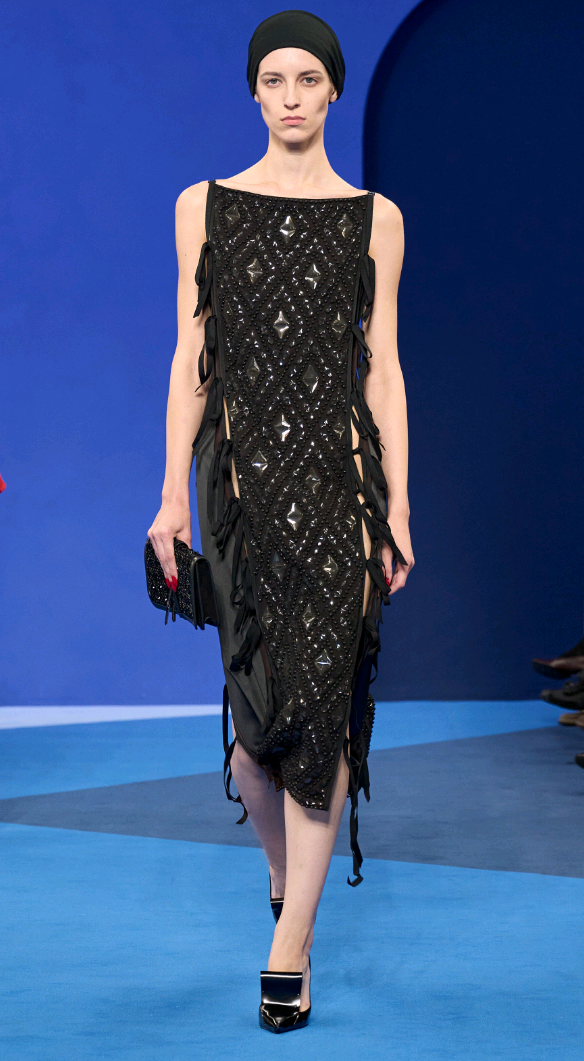
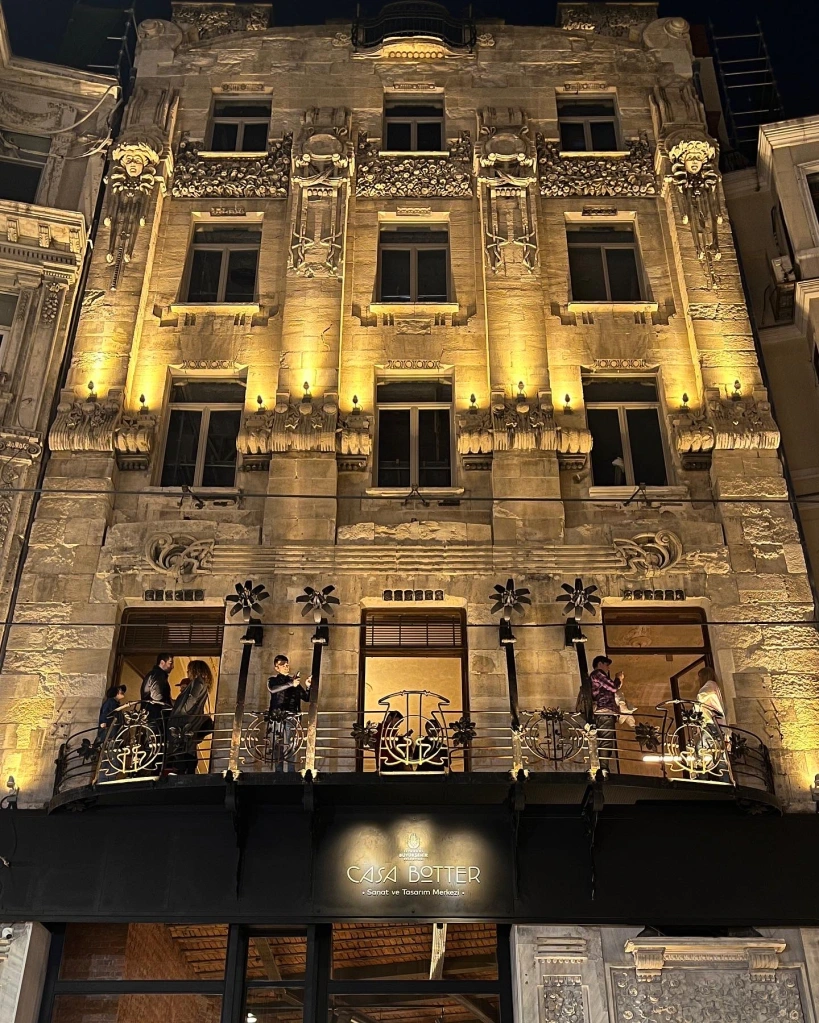




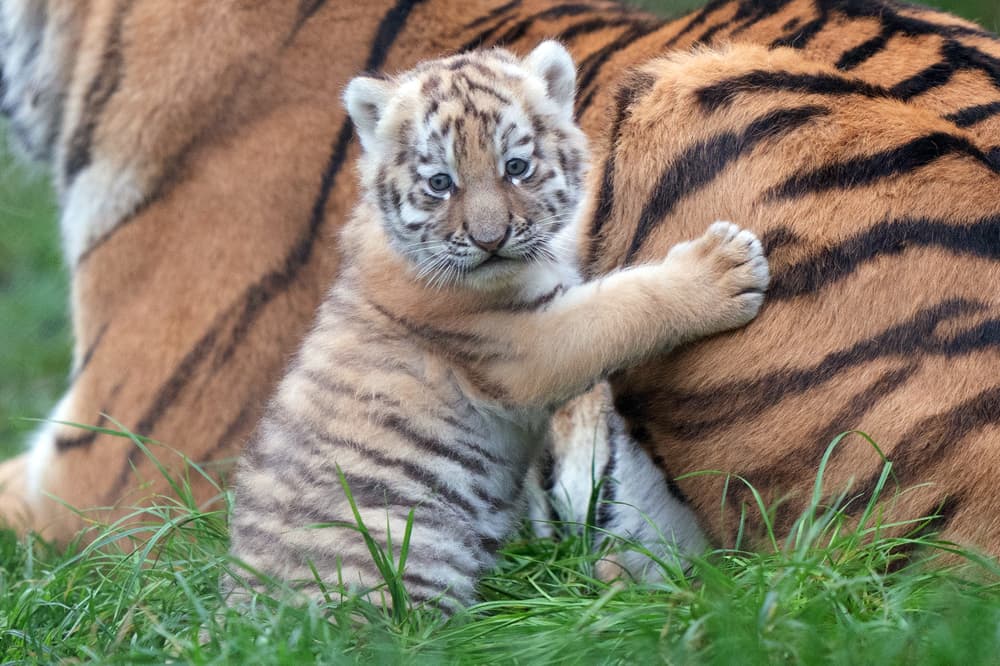











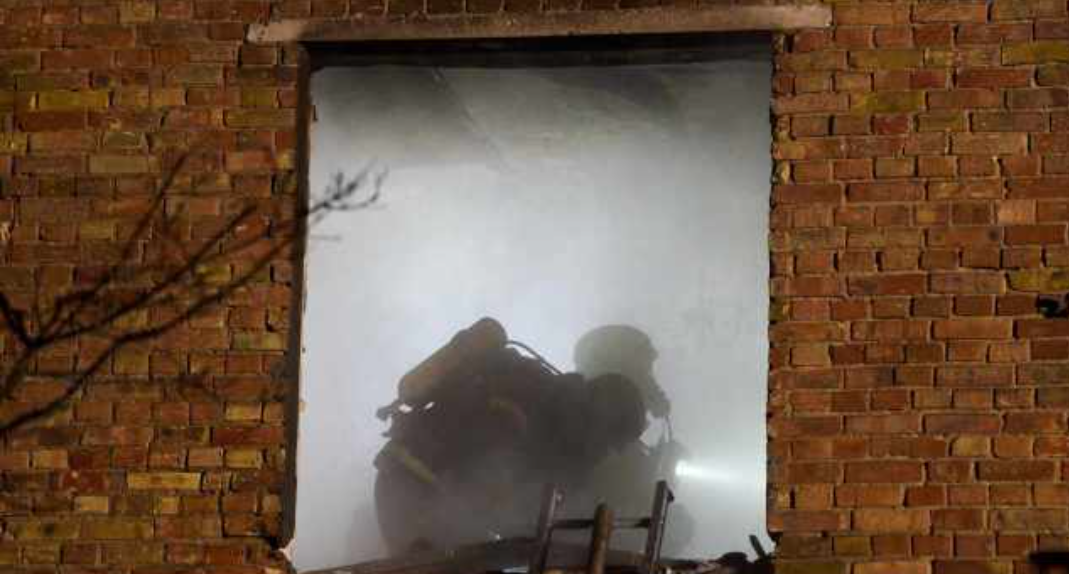
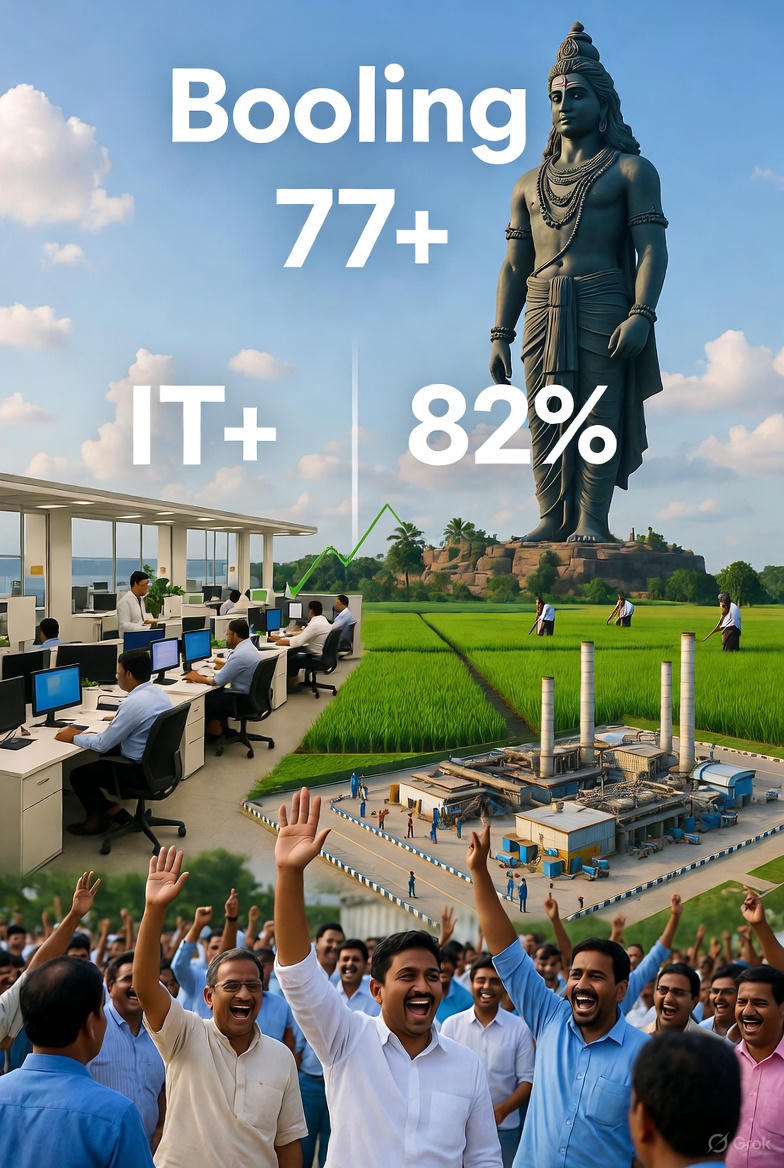
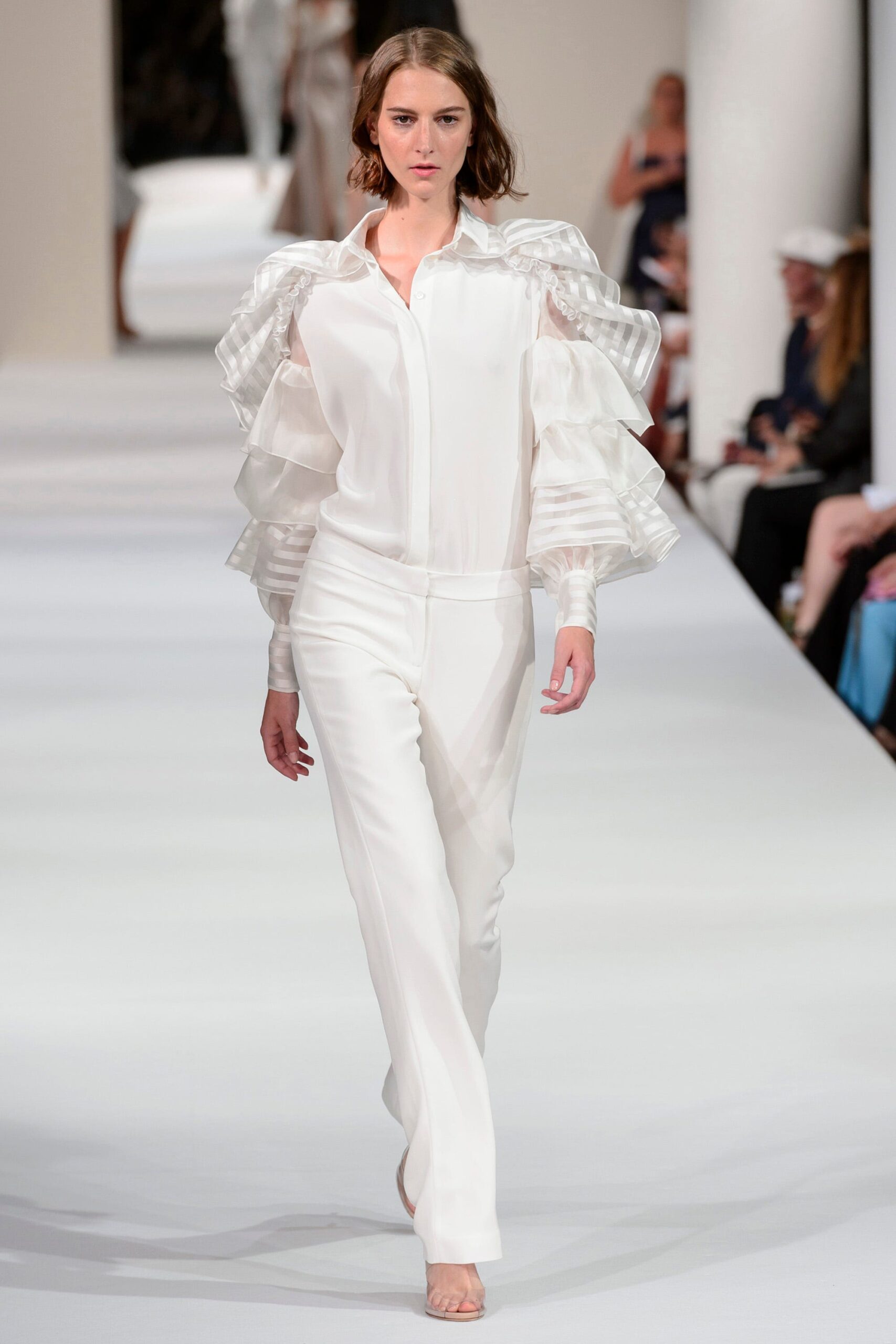





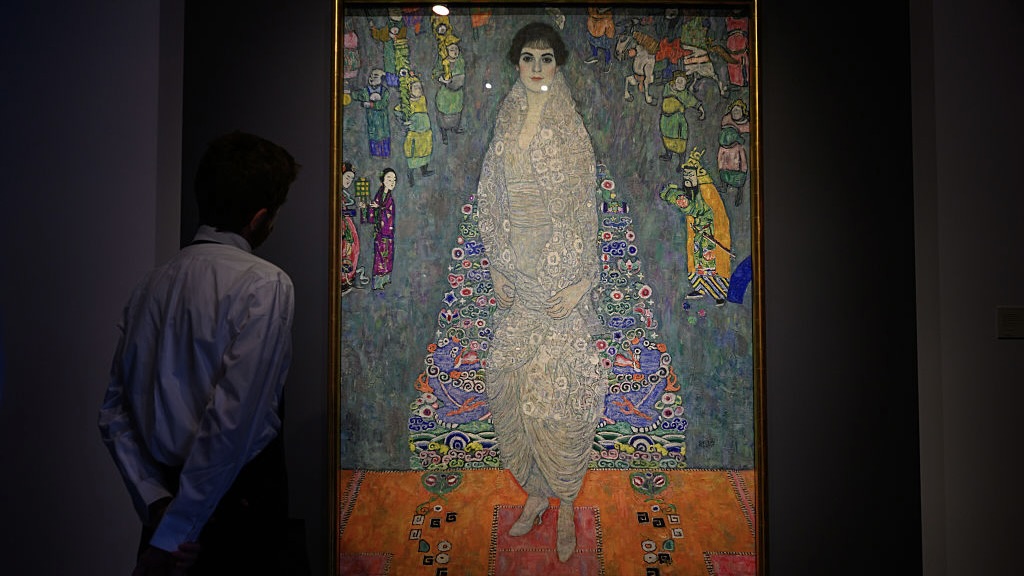














Leave a Reply